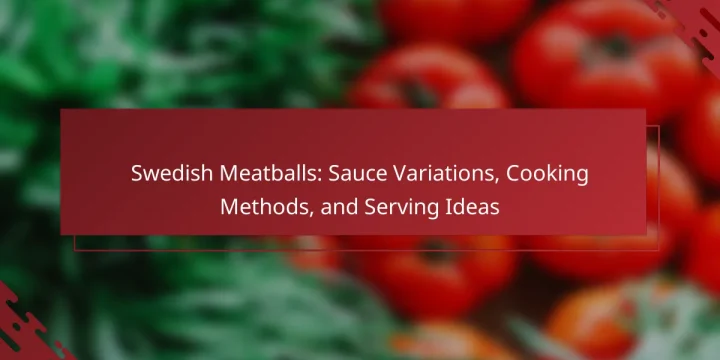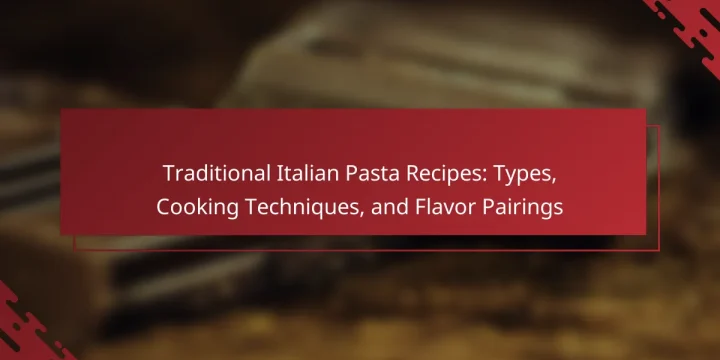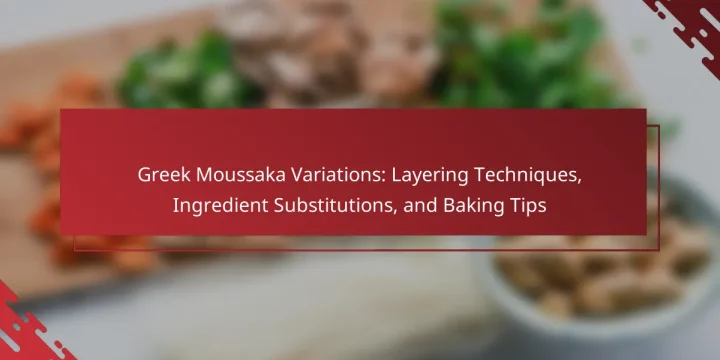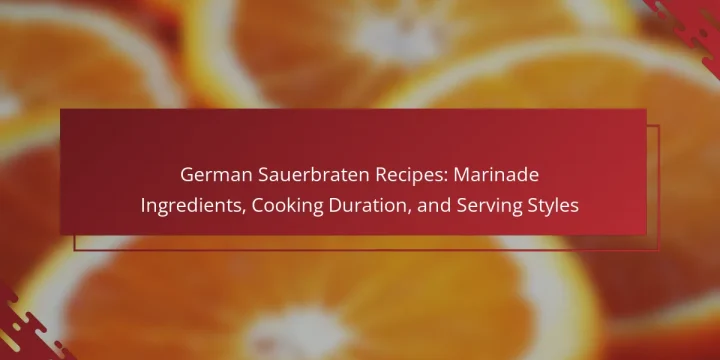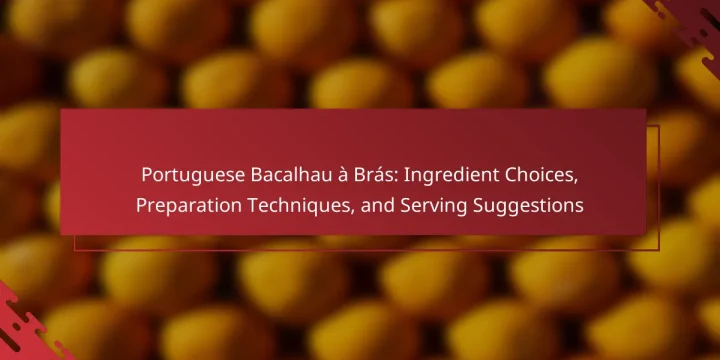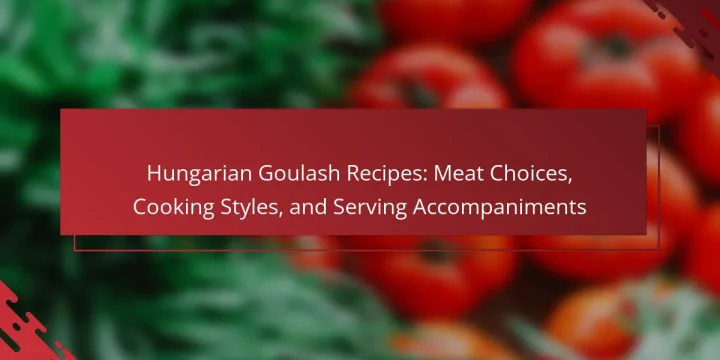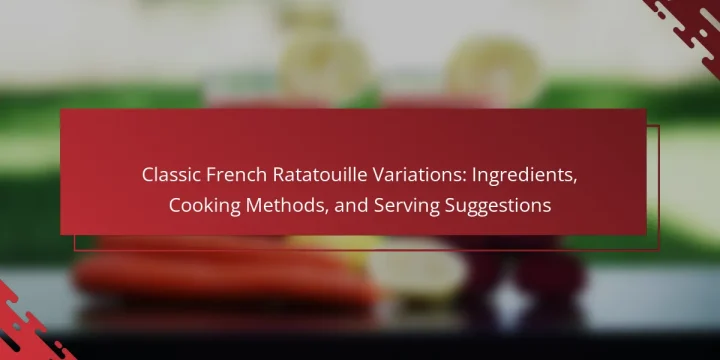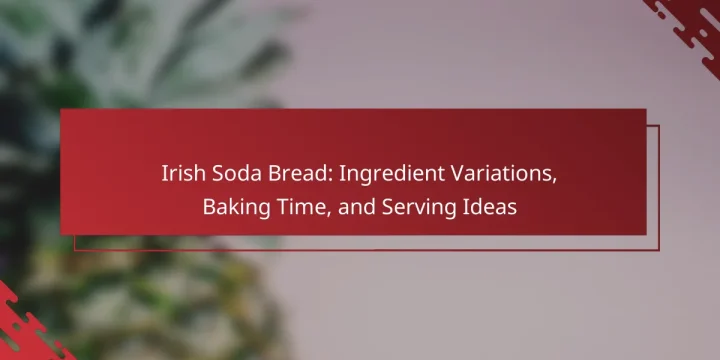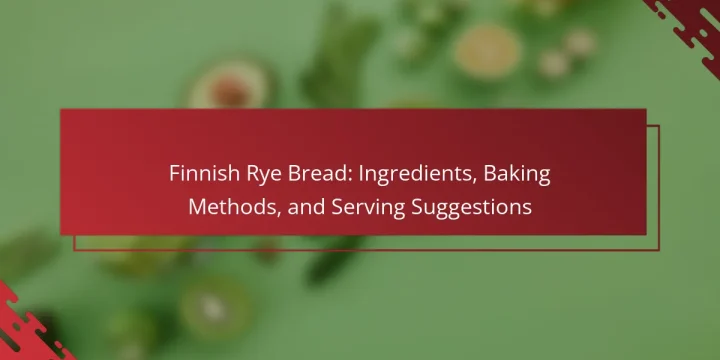
Finnish rye bread is a traditional staple made primarily from rye flour, characterized by its dense texture, dark color, and slightly sour taste due to fermentation. This bread is commonly prepared using a sourdough starter and can take various forms, including round loaves and flatbreads. Key baking methods include traditional oven baking and steaming, both of which enhance the bread's unique flavor and texture. Finnish rye bread is versatile in its serving options, often accompanied by butter, cheese, or smoked fish, and it holds cultural significance in Finnish cuisine, frequently enjoyed during festive occasions. What is Finnish Rye Bread? Finnish rye bread is a traditional bread made primarily from rye flour. It is dense and has a dark color, often with a slightly sour taste due to fermentation. This bread…
